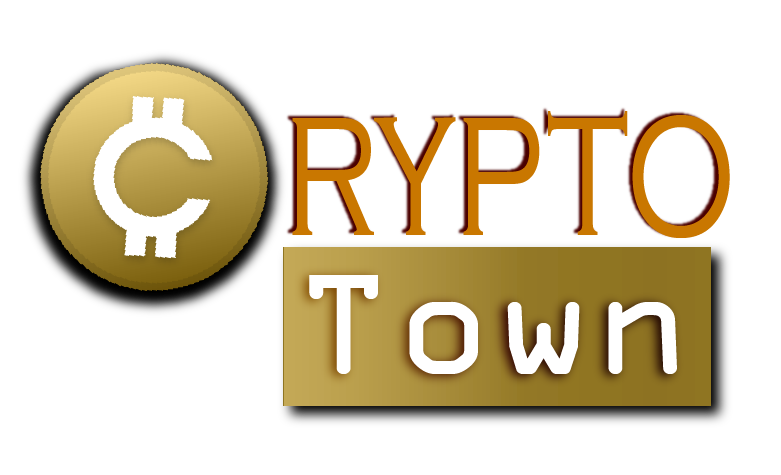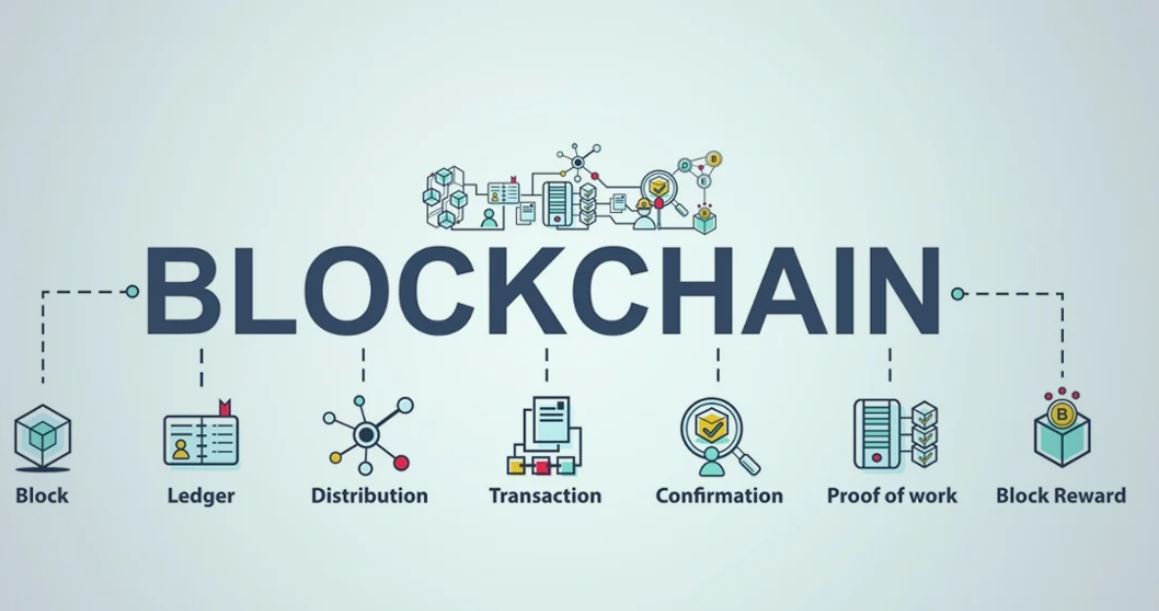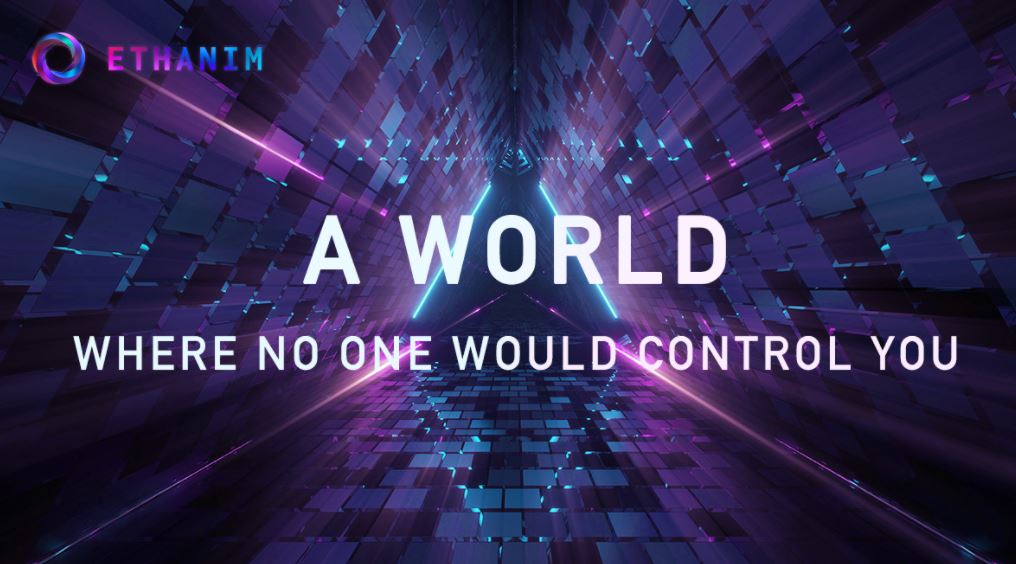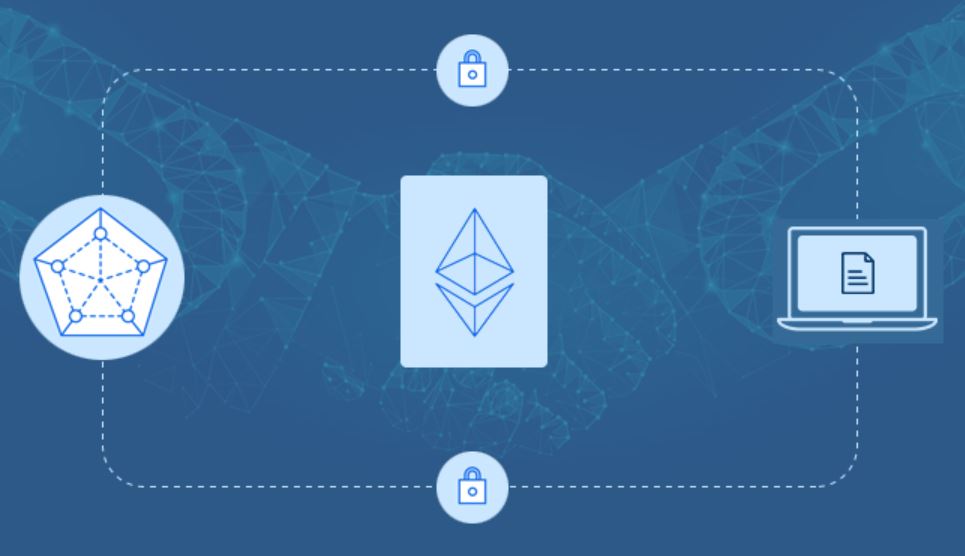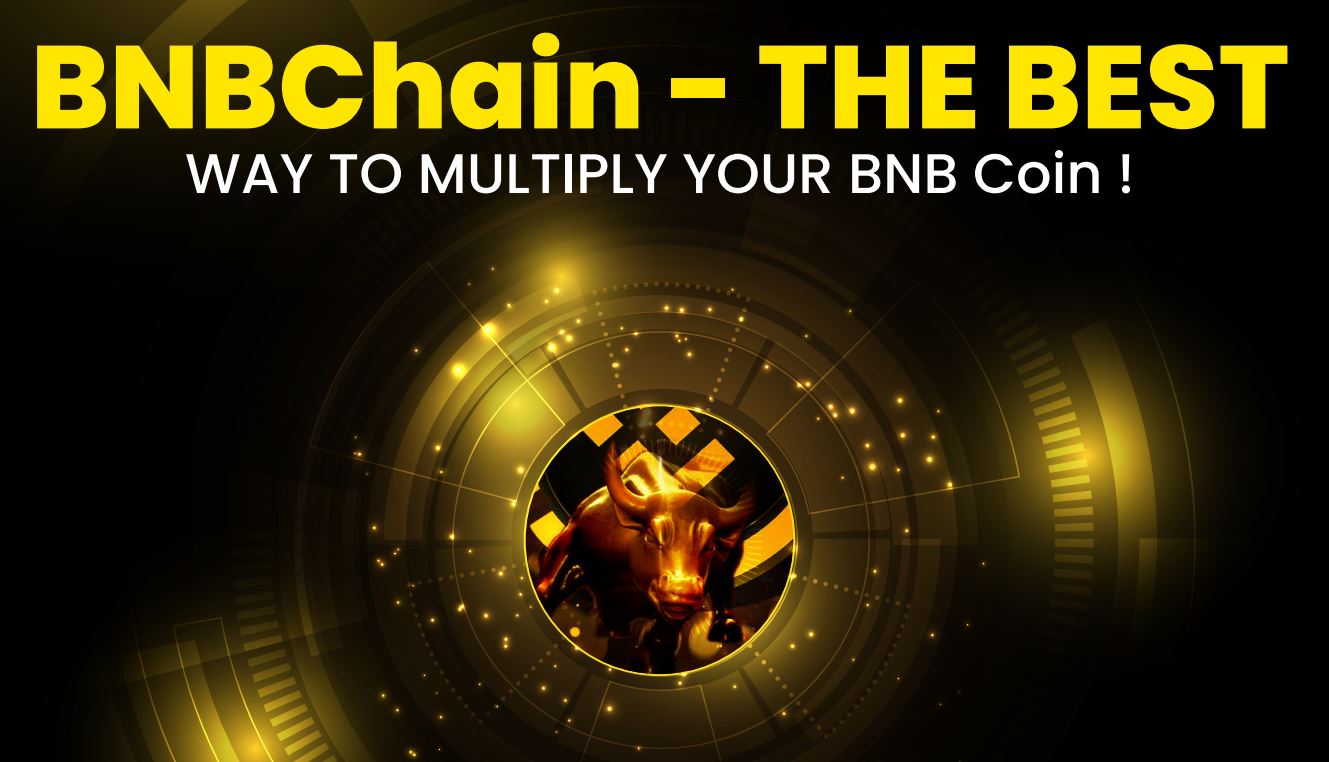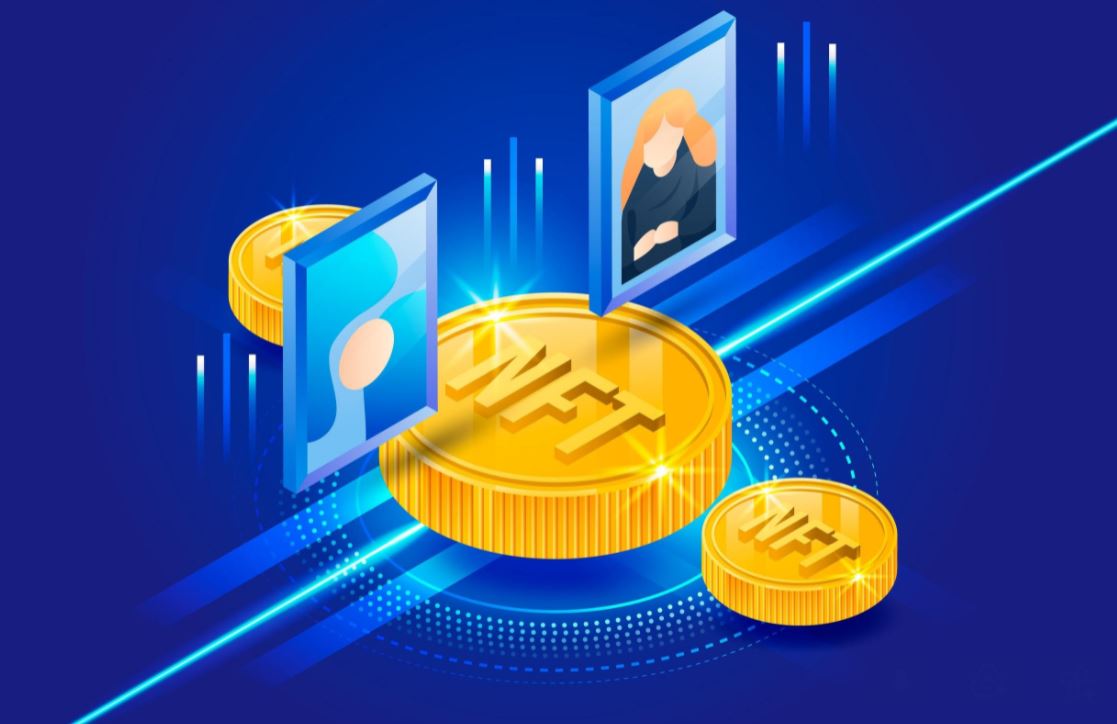Blockchain applications extend far beyond monetary systems like bitcoin. Technology is affecting many fields, from the enforcement of contracts to the effectiveness of government operations, thanks to its ability to increase transparency and fairness while saving businesses time and money.
What is Blockchain?
Blockchain is a series of blocks containing data that are linked together. Each Blockchain block is associated with a 256-bit hash number and a 32-bit nonce. A cryptographic hash function connects these blocks in a chain, verifying the network’s integrity. When all three are in place, blockchain security is guaranteed.
Key Elements of a Blockchain Technology
Distributed Ledger Technology
Each network member can view the distributed ledger and its immutable record of transactions. With this shared ledger, transactions only need to be recorded once. This eliminates the need to do the same work twice, which is typical of most business networks.
Immutable Records
After a successful transaction record placement on the shared ledger, no participant can change or tamper with it. Correcting the mistake requires a new transaction record placement if any error occurs to the already added transaction. After that, both transactions are visible.
Smart Contracts
Smart contracts are predetermined rules recorded on the Blockchain and carried out mechanically to expedite transactions. A smart contract can define conditions for corporate bond transfers, including terms for paying travel insurance and much more.
Types of Blockchain Networks
Public Blockchain Networks: Blockchain networks that anyone can join and contribute to are known as public blockchains and include cryptocurrencies like Bitcoin.
Private Blockchain Networks: Private blockchain networks are peer-to-peer systems that operate similarly to public blockchains but are not open to the public. But a central authority oversees the operation of the network, decides who gets to use the consensus protocol, and keeps the distributed ledger updated.
Permissioned Blockchain Networks: Most companies that launch their Blockchain do so by creating a permissioned blockchain network. Remember that public blockchains can also be permissioned networks. This limits the types of users and transactions that can take place on the network.
Consortium Blockchains: A consortium blockchain is an optimal solution when all participants in a business transaction need permission and share responsibility for the Blockchain.
Popular Uses for Blockchain Technology
Blockchain for Financial Transactions
The use of cryptocurrency transfer apps is currently experiencing explosive growth. Blockchain is gaining traction in the financial sector due to the time and money it can save banks and other financial institutions of all sizes.
Blockchain technology can help the world’s largest banks save significant amounts of money by doing away with unnecessary red tape, making ledger systems real-time, and cutting down on third-party fees. Organizations like these leverage blockchain technology to swiftly move capital.
International Payments
Blockchain technology allows for the efficient and unalterable recording of transactions that previously would not have been possible. Therefore, it is highly suitable for cross-border transactions such as wire transfers and monetary payments.
For instance, in April 2018, Banco Santander introduced the first-ever money transfer service that utilized blockchain technology. The service, dubbed “Santander One Pay FX,” uses Ripple’s xCurrent to facilitate instantaneous and next-day cross-border wire transfers.
Santander has moved it all to the Blockchain to streamline and automate the process. This eliminates the need for the multiple parties that are usually involved in such deals.
Santander, a major commercial bank, serves a large retail clientele that could greatly benefit from improved payment options, especially regarding international wire transfers. As blockchain technology eliminates the need for banks to settle transactions manually, the associated fees for such transfers can be significantly reduced.
Financial Exchanges
Over the past few years, many new companies have emerged to serve as decentralized cryptocurrency exchanges. The use of blockchain technology for trading can drastically reduce transaction times and costs. Further, investors in a decentralized exchange have more control and security over their assets because they are not required to deposit them with the central authority. While the primary focus of blockchain-based exchanges is cryptocurrency trading, the underlying concept can also be applied to more conventional investment vehicles.
Bitcoin Smart Contracts
Smart contracts are similar to traditional contracts, except that the contract rules are enforced in real-time on a blockchain, cutting out the middleman and adding a new layer of accountability for all parties. In addition to ensuring everyone complies, this also saves money and time for businesses.
As industries like government, healthcare, and real estate realize the benefits of blockchain-based contracts, their use is expanding.
Blockchain Applications in Lending
Smart contracts on web3 marketplace development can help lenders carry out the processing of collateralized loans. The Blockchain’s smart contracts make it possible to automate processes like receiving service payments, a margin call, paying off a loan in full, and having collateral released. Because of this, lenders can offer more competitive interest rates and process loans more quickly.
Read more: The Blockchain, Crypto, NFTs And Online Casinos
Blockchain Applications in Healthcare
When applied to smart contracts, blockchain technology has the potential to revolutionize the healthcare industry. With the help of these smart contacts, an agreement can be reached directly between the involved parties, bypassing the need for a third party to mediate the process. When the contract terms are met, all parties to the contract are aware of and bound by its terms, and the contract is automatically put into effect. This can revolutionize healthcare by making it possible to securely share sensitive patient data with only authorized doctors and hospitals. They also aid in maintaining compliance with the HIPAA Privacy Rule, which guarantees that patient data is kept private and out of the hands of unauthorized parties.
Trade Finance
Traditional approaches to trade financing have been incredibly inconvenient for businesses due to the time and effort required to complete these processes. A large amount of information, including country of origin and product details, must be communicated during cross-border trade, and a great deal of paperwork is produced as a result of the transactions.
If implemented, blockchain technology has the potential to greatly improve the efficiency and ease of international trade financing transactions. Companies can conduct business with one another regardless of distance or location.
Application In Copyright Protection
Startups everywhere are embracing blockchain technology to protect their customers’ intellectual property. Customers can prevent the unauthorized use of their art by registering it on the platform. If there is a violation, the owners can use the platform-issued certificate to seek legal redress.
Blockai and Copyrobo, for instance, use Blockchain and AI to assist artists in instantly protecting their work online. To prove ownership, they can generate a timestamp or fingerprints on the Blockchain and receive a copyright certificate. These services help prevent copyright infringement and promote licensing.
Bernstein Technologies GmbH and others use Blockchain to assist businesses throughout the innovation lifecycle. Inventions, designs, and evidence of use can all be registered in the system by respective businesses. As a result, a paper trail is generated on the Bitcoin blockchain. Using Blockchain, businesses can protect confidential information such as trade secrets and other notarized data.
Online Identity Verification
Without online verification and identification, no online financial transactions can be completed. This is also true for any banking or financial service providers a user may employ. However, Blockchain has the potential to centralize the online identity verification process, meaning that users will only need to verify their identity once via Blockchain and then can use that identity with whichever service provider they choose. Identity verification methods, such as user authentication, facial recognition, etc., are customizable by users.
Blockchain in Real Estate
There is a mountain of paperwork involved in any real estate transaction, all of which must be completed before the new owners can receive their deeds and titles. The use of blockchain technology to keep track of property deals could make verifying and transferring ownership easier and more transparent. This can reduce time and resources spent on paperwork while simultaneously accelerating business deals.
Blockchain in Voting
Let’s look at the voting procedure as it stands right now. The process begins with the voter submitting their ID for verification, followed by the voter submitting their vote via the central Electronic Voting Machine (EVM). However, a centralized system makes it simple to hack the EVM and alter the tally. However, this weakness may be eliminated and honest elections guaranteed with the help of a decentralized system enabled by blockchain technology.
Let’s look at how Blockchain could improve the voting process.
To cast their ballot, voters must install a voting app on their mobile devices. The next step is for the user to submit their voter identification card. After the user’s identity has been confirmed, they will be given the green light to cast their vote without having to reveal their true identity. Once a vote has been recorded in the Blockchain, it cannot be removed. Officials can reliably tally votes because each ID represents a single vote. On top of that, blockchain technology allows voters to keep tabs on their ballots.
Using Blockchain in the voting process has the potential to provide full transparency by doing away with the need for third-party systems, but this is still a work in progress.
IoT Monitoring
With the help of IoT sensors, which Blockchain makes possible, businesses can digitally catalog their possessions and provide a clear audit trail. Items’ locations and states can be determined through digitization. Blockchain can store, manage, protect, and transfer this data.
Read more: What is the Top Blockchain for Smart Contracts? How To Use Them:
Retail Fashion and Luxury
The luxury goods and retail clothing industry adapt quickly to shifting consumer preferences. By enhancing data management tools, boosting supply chain operations, and decreasing the risk of counterfeit and grey markets, Blockchain has the potential to address long-standing industry challenges.
Money Laundering Protection
Blockchain’s built-in encryption is a huge boon in the fight against money laundering. Records management is made possible by this underlying technology, which in turn facilitates the “Know Your Customer” (KYC) procedure by which a company confirms the identity of its customers.
Blockchain in Metaverse
Metaverse’s mission is to provide a blockchain environment that is robust yet easy for users to navigate.
The Metaverse digital asset system allows users to create and distribute unique digital assets. These assets can represent value, from stocks and bonds to loyalty points.
Smart contracts are computer programs that can be used to automate the management of digital asset transfers on the Metaverse blockchain.
Cryptocurrency can work well in the metaverse because it paves the way for developing a digital economy based on various utility tokens and NFTs. Using NFTs, you can access a wide range of digital assets, such as virtual homes and businesses, avatar clothing, digital artwork, and more. NFT will protect your digital assets from theft and tampering.
Tokens that can never be replaced can be bought, sold, and invested like traditional currencies, but users are not required to pay. It is possible to develop and improve a virtual reality with the help of web3 event app development that is indistinguishable from the real thing. However, widespread adoption of a meta universe blockchain capable of ensuring the integrity of its data and the legitimacy of the coin that supports it is required.
Blockchain Technology’s Downsides
Please note the following restrictions:
- Fail to adopt
- For example, if a payment schedule needs to be adjusted, it will be impossible to make the necessary changes.
- The loss of one’s private key, which in the case of cryptocurrencies, could mean the loss of one’s data or funds due to carelessness.
- Upgrades and development can be slowed by developmental delays, sharp differences, and the back-and-forth communications required to reach a consensus.
- The issue of double spending
Conclusion
Blockchain is a new technology that has yet to be used by all sectors, but it’s gaining traction quickly. With wider adoption, Blockchain has the potential to promote transparency and ethical business practices by democratizing access to data. More and more industries are finding uses for Blockchain because of its many benefits, including cheaper and more efficient transactions, greater transparency, and increased security. Blockchain could have far-reaching effects in the years to come.
Check out: Impact of Blockchain Technology On Financial Sector
